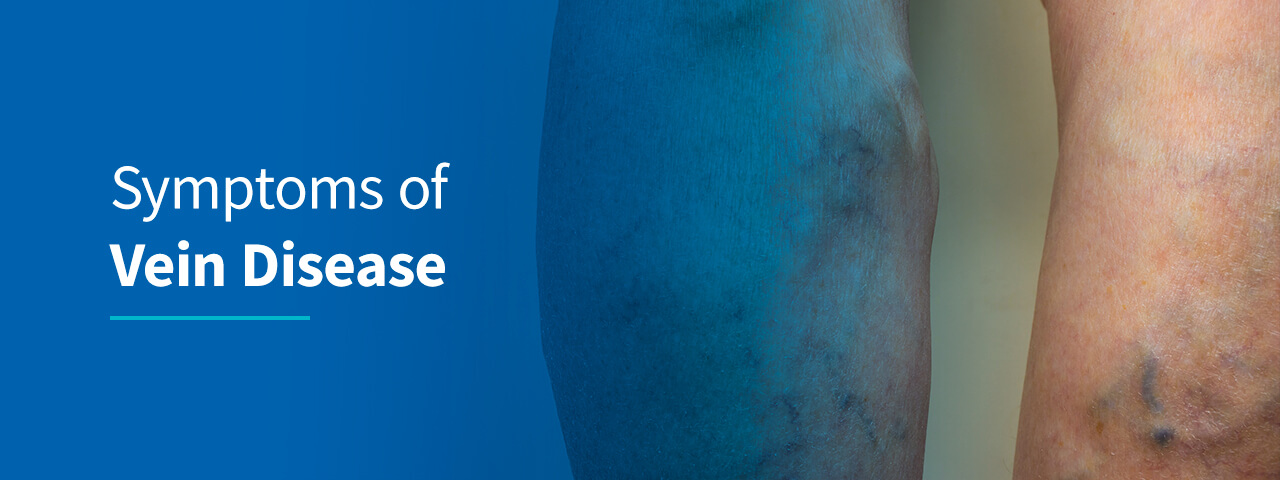
Can you guess one of the most commonly misunderstood health issues among adults? Leg ulcers. Many adults who have developed leg ulcers are unaware that the most common cause of this painful condition is venous insufficiency. When left untreated, a simple vein issue can grow into a painful ulcer on the leg. Today, the team at Central Florida Vein & Vascular Center will explain how venous reflux can lead to an unwanted ulcer.
We all know that circulation is important, but we normally think of how circulation affects your heart health. However, circulation affects much more than your heart: poor circulation can affect your legs and later lead to an ulcer. This is because proper circulation is especially difficult in your legs where vein valves work hard to push blood upward, against the flow of gravity. When vein valves in your leg break down, then blood can pool in the leg. The backward flow of blood in the vein is referred to as venous reflux.
Venous reflux often results in a varicose vein—a dark, bulging, often painful vein that is visible under the skin. But this isn’t always true. Sometimes venous reflux is difficult to see and there may not be physical symptoms. Mild symptoms may be viewed as something that can be ignored, or handled at a later date. However, if left untreated, venous reflux can later lead to a leg ulcer.
Nearly 85 percent of leg ulcers are caused by vein problems. When there is an injury to a leg or ankle that has venous reflux, there is a chance that an ulcer can develop. Varicose veins themselves may not seem horrible, especially if they’re asymptomatic or symptoms are mild, but leg ulcers caused by untreated varicose veins can leave you wishing you had sought out treatment sooner.
Varicose veins are very common. Vein valves may naturally break down as you age, and individuals with a history of venous insufficiency are also likely to develop them. Luckily, there’s no reason to fear these veins and their potential complications—vein treatment is easy. Today, there are several courses of minimally invasive treatment that can be recommended by our specialists at Central Florida Vein & Vascular Center. These treatments have minimal downtime and are covered by most medical plans, so you can get back on your feet without worrying about time constraints or cost.
If you’re currently experiencing any pain in your legs, don’t wait to receive treatment. By acting early, you can avoid a small venous problem from becoming a leg ulcer. You can visit the best vascular surgeons in Orlando at Central Florida Vein & Vascular Center at any one of our four convenient locations in Ocoee, Kissimmee, or The Villages. We’ll assess the current state of your vein health and create a treatment plan that will offer the best results for your veins. Call us today at 407-545-3385 or 352-658-5547 to schedule a consultation with one of our specialists.